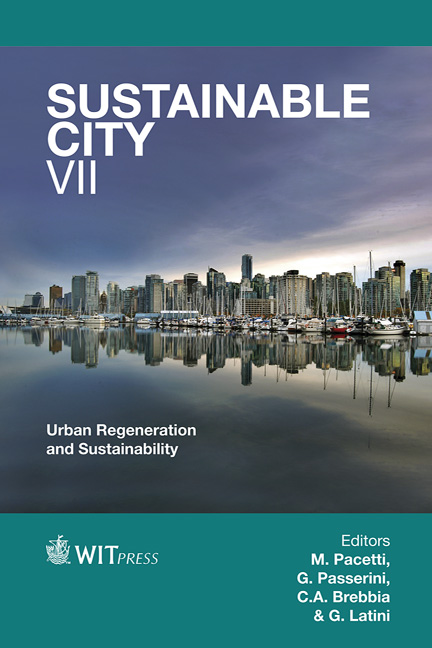Exploring The Perceived Security In Transit: The Venetian Students’ Perspective
Price
Free (open access)
Transaction
Volume
155
Pages
12
Page Range
943 - 954
Published
2012
Size
669 kb
Paper DOI
10.2495/SC120792
Copyright
WIT Press
Author(s)
Alessandra Libardo & Silvio Nocera
Abstract
The current growing private travel demand generates high external costs and hence calls for effective solutions to be adequately managed. Unsustainable passenger modal choice is generally related to one of the following six factors: economic growth, increasing income levels, rising car ownership, transport system improvements, demographic changes and competition between public and private transport. Some of the latter effects will be examined in this paper. Massive use of private car may be induced from several reasons. Barring user irrationality, discontent with transit service should be considered between the main causes. This is normally caused from low perceived quality, and previous surveys indicate security between the parameters which influence transit quality judgment more intensively. This paper describes a survey conducted from the authors within the students of their institution through a SP questionnaire. Empirical findings are presented for a data set of 347 out of a total population of 5,738 (6.05%). Drawn conclusions seem to indicate that a significant part of the respondents clearly exhibited fears for their personal security in relation to transit stops and immediate access routes. Not surprisingly, female respondents exhibited higher levels of fear than the males. Respondents generally tend to prefer transit stations that are guarded and spaces in which they feel that others could observe them through CCTV in operation (when approaching access points and while waiting on transit stops). Survey analysis has also allowed to determinate places and time slots in which the passenger security perception is higher and some measures to adopt in order to make this feeling stronger. Keywords: public transport, safety perception, transit quality.
Keywords
public transport, safety perception, transit quality.





